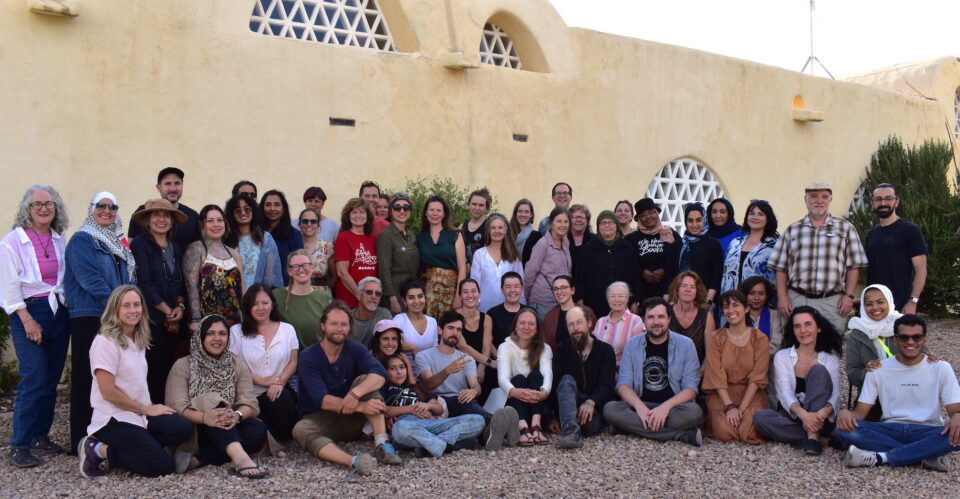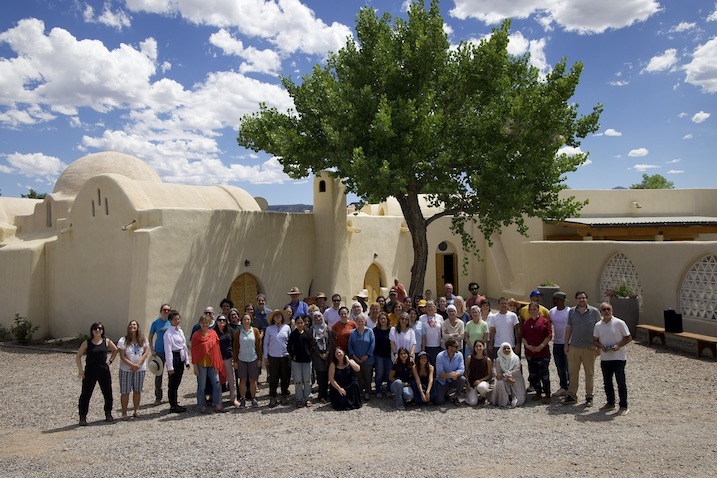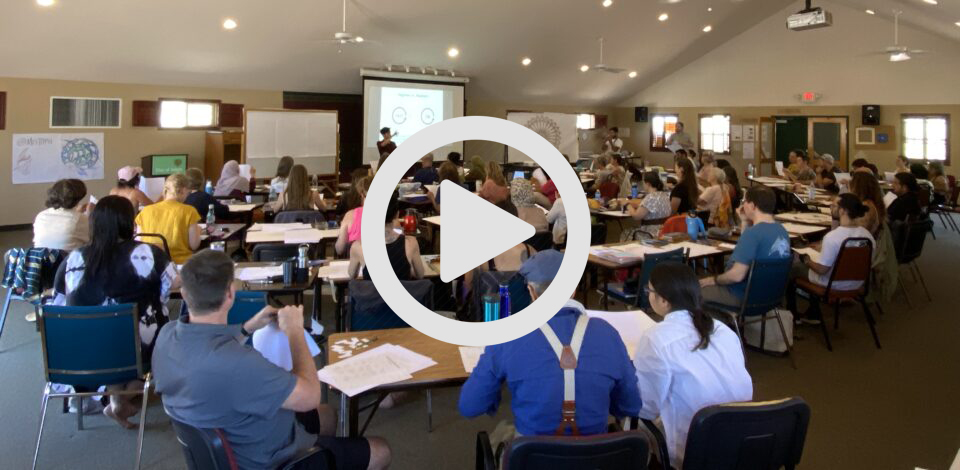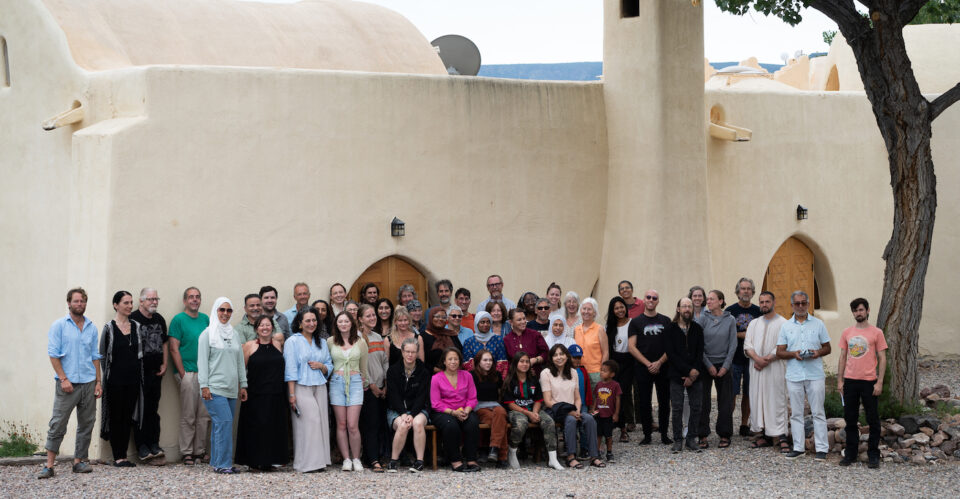New Mexico ~ Summer School USA ~ July 2026
Sale price
Price
£495.00
Regular price
Unit price
per
Drawing Retreat
2-6th July 2026
New Mexico Summer School
Dar Al Islam ~ 342 Co Rd 155, Abiquiu, NM 87510, United States
Special 4 day all inclusive program at the stunning Dar Al Islam in the remote wilds of New Mexico. The event includes a series of distinct but complementary practical classes and lectures, participants are welcome to take one or all the sessions.
All materials & equipment provided
Open to all abilities
Book a place
This will be our 4th Summer school. Each year we introduce new tutors, 2026 will include tutors from the following:
- Samira Mian
- Manuel Martinez Vela
- Adam Williamson
- Jay Bonner
- Lisa Delong
- Christopher Riederer
- Stephanie Cavazos
- Fabiola De la Cueva
- Lisa Anne White & and others.
The 2026 presentation will include all new patterns and new craft activities:
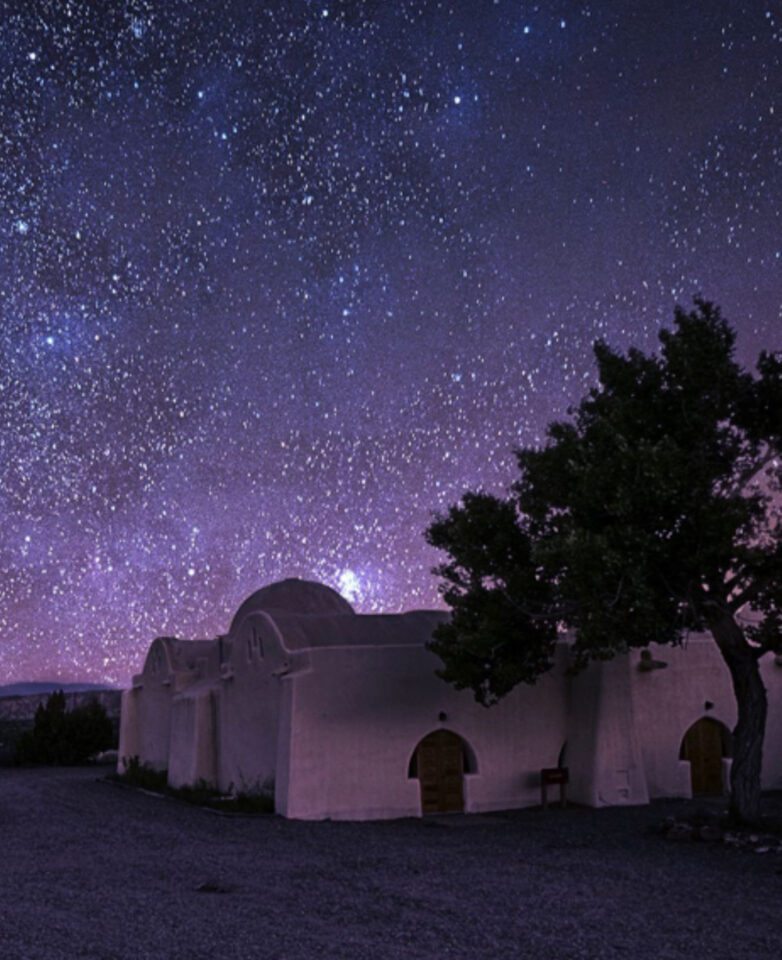 Drawing classes ~ Geometric and Biomorphic patterns
Drawing classes ~ Geometric and Biomorphic patterns- Natural pigment making class ~ Make your own water colour set
- Painting geometry session ~ with Samira Mian
- Adobe brick making demo ~ Learn about the local vernacular architecture and its connections to Islamic art around the world
- Ceramic workshop ~ Glaze (paint) and fire your own tile on an overnight campfire
- Movement and Meditation ~ Optional morning movement and mediation sessions
- Nature walks ~ Optional ~ Discover the incredible surrounding remote and silent environment, for sunrise and sunset canyon adventures
“Straight is the line of duty, and curved is the line of beauty.” Hasan Fathy
The event will take place in the remote and spectacular wilds of New Mexico, within a stunning vaulted adobe complex built by the famous Egyptian architect Hassan Fathy. Located next to Georgia O’keeffe’s studio ‘Ghost Ranch’.
Accommodation options are single sex- four bed dorms within the vaulted adobe complex, on a first come first serve basis. Classes take place within the main hall, all course materials and equipment will be provided. Those signing up for the full programme receive a discount. Full details sent after registration.
Staying off site
If you traveling from outside NM and want to stay offsite will need to choose Option 2 and book an airbnb or hotel close or the Abiquiu Inn which is the closest hotel.
| Option 1: Full programme, Including all tuition, equipment, catering and accommodation ~ 4 nights (Thursday afternoon – Monday morning) ~ $1200 – $600 Deposit |
| Option 2: Full programme, Including all tuition, equipment, catering ~ 3.5 days (without accommodation)~ $800 – $400 Deposit |
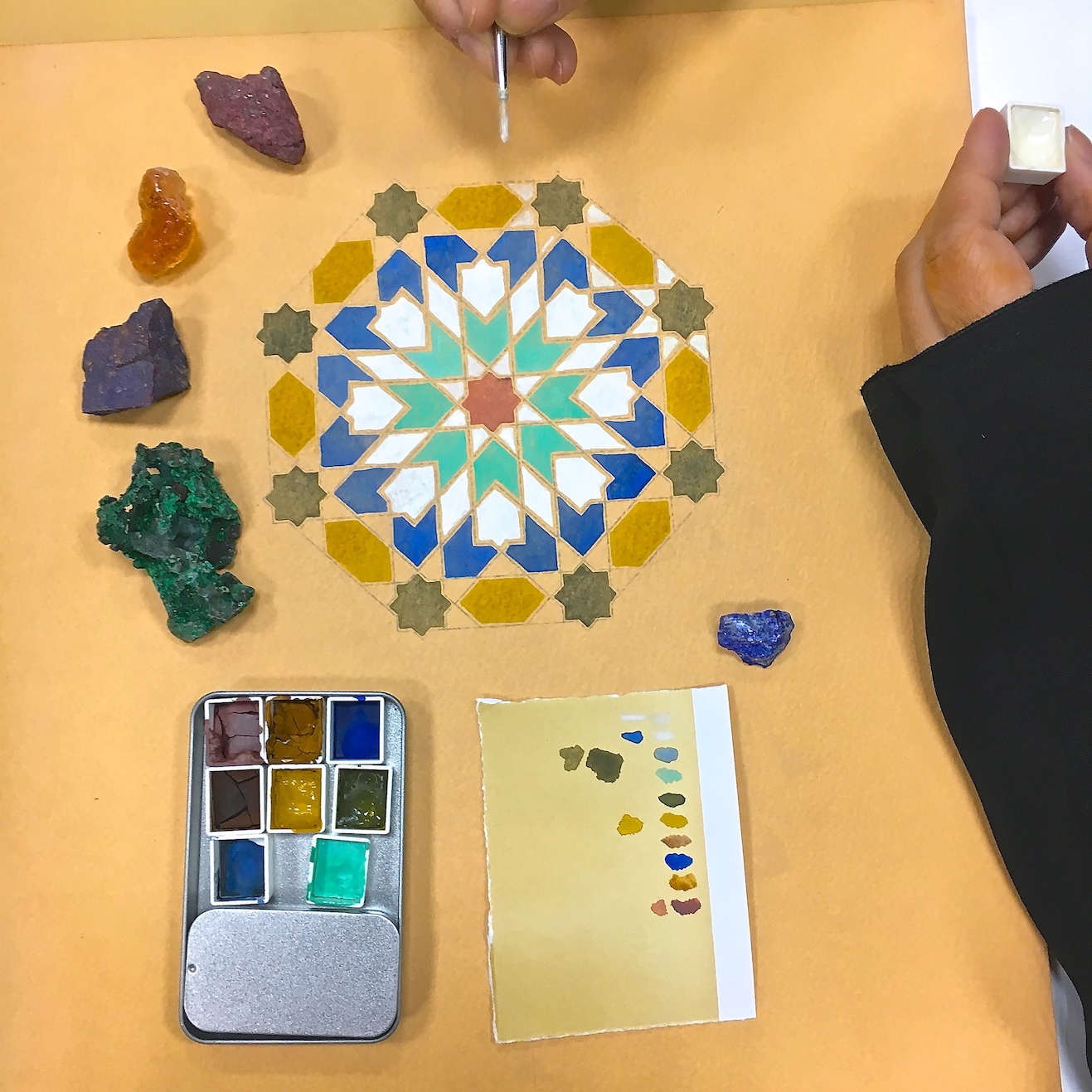
Bringing partners and family
Participants are welcome to bring a (non participating) partner/family member and they can relax onsite and join the group for meal times. Use this links to:
Book catering only – all meals for 3.5 days
Book Accommodation and catering only – 4 days
………………………………………………………..
Joining Single sessions
The following sessions in the programme are open to the public to join as individual sessions.
Click on the links course titles to register for a session.
THIS SECTION WILL BE UPDATED SOON
………………………………………………………..
Watch previous NM Summer schools
